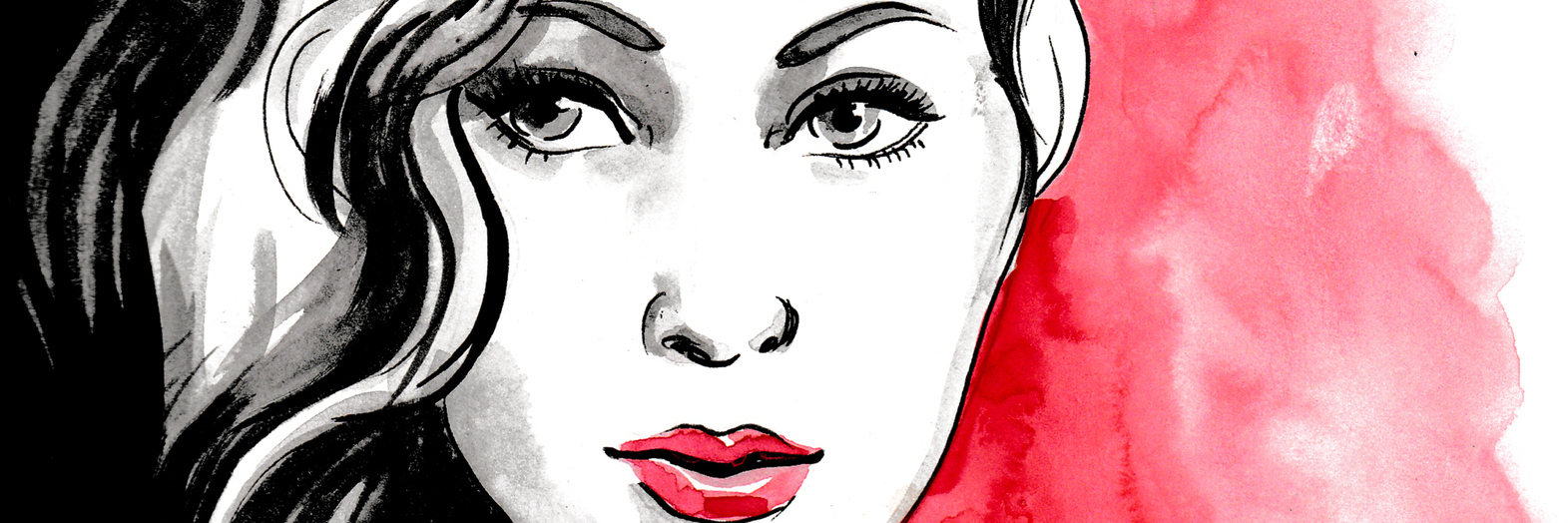My illness isn’t visible. You can’t see how much or how little I’m struggling. You can’t tell whether I’m thinking about how many calories I’m burning or if I’m admiring the nice weather. At one point people did notice as I displayed visible physical symptoms, but people also assumed I was struggling long before I actually was. That’s because the media only perpetuates the same stereotyped image of how a human struggling with an eating disorder “should look.” However, that image isn’t the truth. It’s not beneficial for anybody as it only prevents those of us who don’t fit the stereotype from seeking the help we are worthy of. Therefore I’m listing 5 things the stereotype fails to show.
1. You don’t have to be a size zero to struggle.
Growing up, I was thin. I remember specifically when I was 12, a classmate told me I looked “anorexic.” That was the first time I heard that word. I was confused by the comment, because at the time, I wasn’t struggling with anorexia nervosa. I indulged in food, I had no exercise or food rules. My relationship with food and my body wasn’t complicated. I was perfectly healthy at that time. The misconception that everyone has to be a size zero to “actually” have an eating disorder erases so many of us. Eating disorders do not care what size you are — they can affect anyone at any size. Two people can engage in the exact same negative behaviors, yet one might — according to society — be viewed as “fat” while another will be viewed as “skinny.” Your size does not decide whether you have an eating disorder. Eating disorders don’t come in one size, they come in all.
2. You don’t have to identify as a woman to have an eating disorder.
I’m an avid reader and I occasionally watch movies and TV shows. In total, I’ve heard of three books with male characters struggling with eating disorders. That is after extensive research and I can’t name a single movie or TV show. When it comes to female characters, I can easily list 10 books off the top of my head, several TV shows and loads of movies. Considering this fact, it’s not weird that eating disorders are seen as a “women’s issue” — but it’s not. According to NEDA, 10 out of the 30 million struggling with an eating disorder in the U.S. identity as male. The number is probably in reality higher as this too can prevent males and those who don’t identify as a gender other than female to seek help.
3. You don’t have to be a teenager to have an eating disorder.
I long believed eating disorders only affected adolescents. All the characters I saw and still see in the media are teenagers. I really wish they would magically disappear once you turn 18, but they don’t. Eating disorders often develop in adolescence, but there are a lot of people younger than 13 and a lot of people older than 18 that are currently struggling. Eating disorders don’t have age limits.
4. You don’t have to be white to struggle with an eating disorder.
Eating disorders do not only affect white people. The media often fails to recognize this, but an eating disorder doesn’t care about your skin color. Eating disorders are often seen as a “western white phenomenon,” but according to NEDA, studies show that Latino/a, Asian and black individuals are just as likely to have eating disorders. However, many don’t seek help.
5. You don’t have to be “pretty” by society’s standards to be struggling.
I don’t mean “pretty” as synonymous with “thin.” Thin isn’t equal to pretty. I’m talking about the fact that in the media, the women struggling typically never have acne and never display bruises despite being extremely thin. When I was struggling a lot, I was constantly bruised. I still today carry bruises, but now they are from my dog or from bumping into the bed and not from compulsive exercise nor from sitting down on wooden chairs for too long. You don’t have too look like a super model to be struggling and please know you won’t become one from continuing to live with an eating disorder. Eating disorders do not make you pretty — they make you miserable.
The pretty teenage white girl might very well be struggling with an eating disorder, but she isn’t the only one. Eating disorders do not discriminate between sizes, genders, ages, ethnicities or anything else. Unless you’re able to read minds, you can’t always see if I or anybody else is struggling with an eating disorder. Eating disorders can be invisible and they can affect us all, but don’t forget all of us affected are also able to recover.
May you all be free from these illnesses or heading towards freedom.
If you or someone you know is struggling with an eating disorder, you can call the National Eating Disorders Association Helpline at 1-800-931-2237.
We want to hear your story. Become a Mighty contributor here.
Thinkstock photo via berdsigns.

